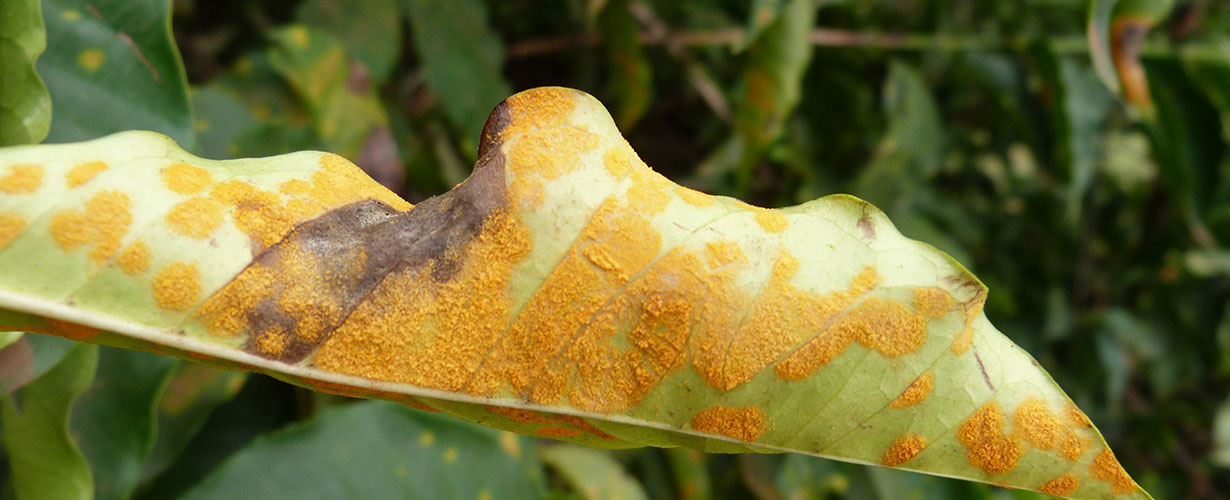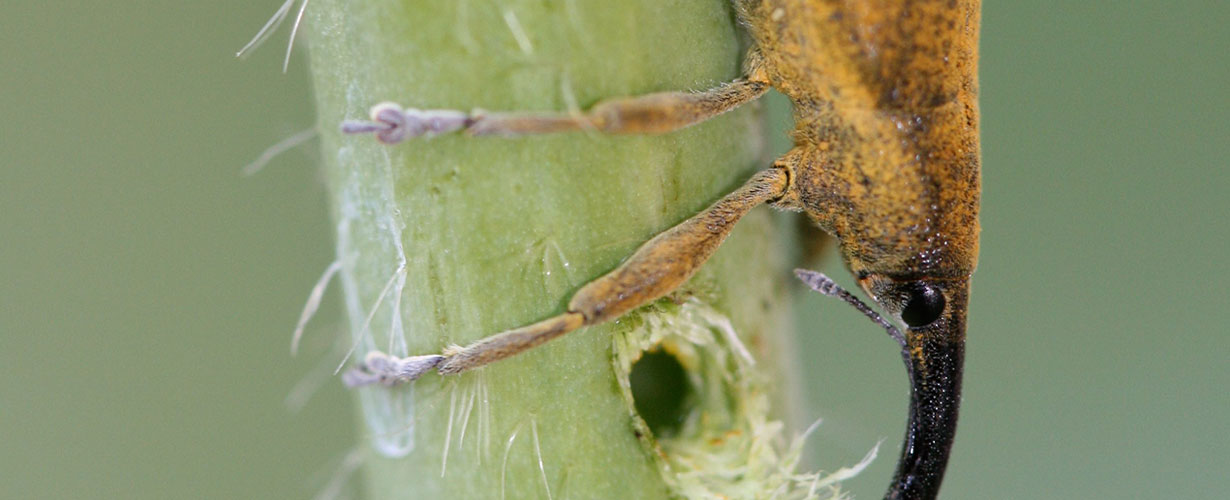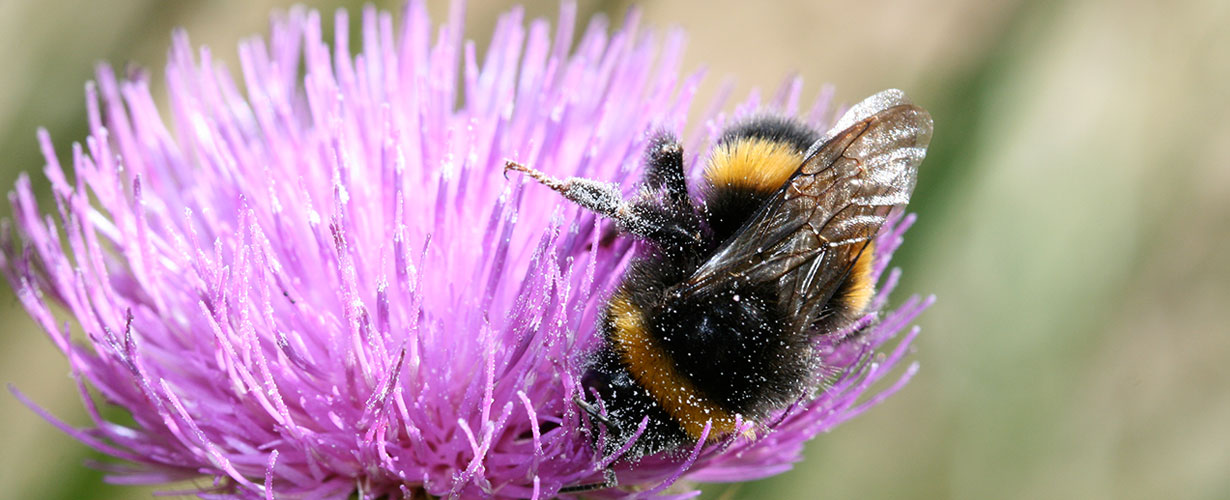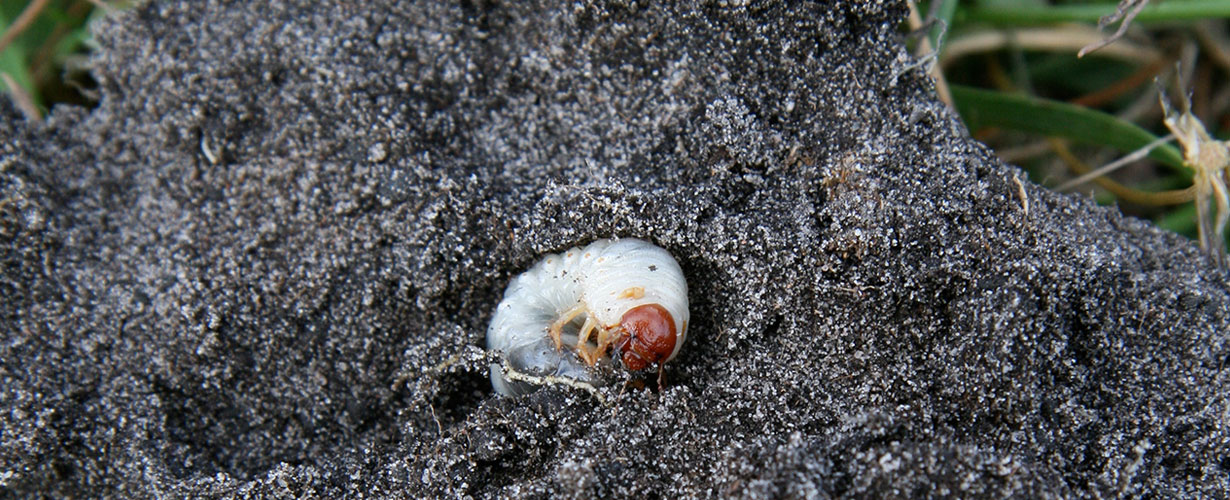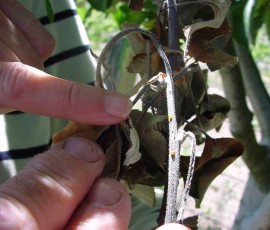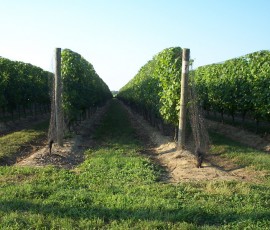In many ways, surveillance is paramount to Biosecurity. Too often, efforts and resources tend to be directed to […]
Biosecurity
In our rapidly changing biosecurity risk-prone and global operating environment with increased opportunities for pest species to breach their geographical boundaries, there is no room for complacency. People, animals, animal products, plants, and plant material from overseas can introduce new pests and diseases, potentially devastating not only Australia’s agriculture but also its pristine environment and unique wildlife.
Urban Agriculture
Urban agriculture is about growing food in urban settings. This practice has been followed around the world for centuries and is usually prominent in poorer countries where it is driven by women. Food sovereignty is a fluid concept, with many definitions. Basically, it is about giving back to people the right over food from production to affordable consumption and everything in between. It is about control, and about connection to our foods.
Bees & Beekeeping
Australia is blessed with a pristine environment and clean, healthy honeybee stock. The highest risk to Australian honeybees is an external parasitic mite vectoring a range of diseases, the Varroa mite (Varroa destructor), which has established worldwide but is still absent from Australia. Unfortunately, Varroa is wide spread in neighbouring countries and will eventually reach Australian shores and this is why early detection programs are important.
Invasive plant species
The impact of invasive plant species on native ecosystems and agricultural productivity is considerable. In 2009, the cost of weeds in Australia was estimated at AUS$4 billion/year in control and lost production. Weeds, aquatic and terrestrial, impact on natural landscapes, agricultural lands, waterways and coastal areas. Many plants introduced in the last 200 years are now weeds, but not all of them are exotics: native plants can become invasive when they spread to new areas.
Integrated Pest and Disease Management (IPDM)
Biological control
e-learning & courses
Latest Posts
In the Australian Senate on 12 December 2013 the matter of the “Future of the beekeeping and pollination […]
Since the antiquity, man has promoted the dispersal of agricultural and ornamental plant species and a wide range […]




